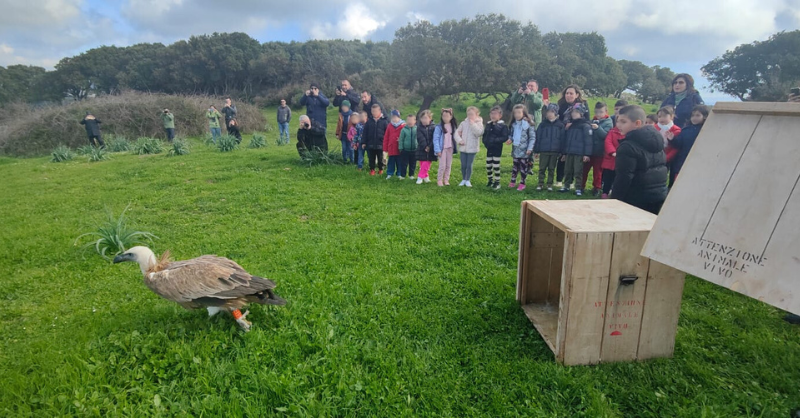
Environmental Agents across the Canary Islands (Agentes de Medio Ambiente de Canarias) have investigated the deaths of 247 birds caused by collision or electrocution with power lines between mid-2016 to the end of 2020. Victims also included the Egyptian Vulture, an endemic subspecies, known as ‘guirre’, living in the three easternmost islands — Fuerteventura, Lanzarote and Alegranza.
Results of the investigation
Of these 247 cases of mortality, 145 correspond to the province of Las Palmas (Lanzarote 71, Fuerteventura 37 and Gran Canaria 37) and 102 to Santa Cruz de Tenerife (Tenerife 79, La Gomera 20, La Palma 2 and El Hierro 1). These numbers, however, maybe be even higher. According to SEO-BirdLife studies carried out in Lanzarote and Fuerteventura, for every 100 birds found, it is estimated that the number of incidents amounts to approximately 3,000 birds. So, the estimated impact could reach 7,000 birds throughout the archipelago.
As for the type of incident, the agents have recorded a total of 123 possible electrocutions, 78 possible collisions and 7 cases that could not be determined. The electrocution of 8 Egyptian Vulture cases, stands out, whose recovery plan aims to tackle the threat of power lines. With a current estimate of only 80 pairs in Fuerteventura and 9 in Lanzarote, the finding of 8 dead individuals presumably electrocuted is devastating.
Egyptian Vulture conservation in the Canary Islands
The Egyptian Vulture was widespread across the archipelago in the early 20th century, but its numbers drastically declined, and in 1998 only about 21 breeding pairs remained at Fuerteventura. Thanks to targeted conservation actions ever since, the population of the Canary Egyptian Vulture (Neophron percnopterus majorensis), one of the most endangered raptors in Europe, is recovering.
In 1998, an intensive long-term monitoring programme carried out by the Estación Biológica de Doñana-CSIC detected the main threats the species was facing. These include human activities such as collision with power lines and illegal poisoning. Between 2004 to 2008, a LIFE conservation project carried out education campaigns to help minimise illegal poisoning and advocated for the modification of power lines to reduce the risk of collision to mitigate these threats. Conservationists have been monitoring the species for the last 20 years, and their analysis indicated that since the project, the survival of Egyptian Vultures has increased, especially for adult and subadult birds. Also, the population almost quadrupled between 1998 and 2020, from 21 to over 80 breeding pairs living in Fuerteventura, Lanzarote and Alegranza according to the latest monitoring carried out by the Egyptian Vulture LIFE Project.
Egyptian Vultures in the Canary Islands and Spain

All European vulture species live in Spain, Europe’s vulture stronghold. The Egyptian Vulture has two subspecies in Spain; the Peninsular subspecies is currently listed in the Spanish Catalogue of Threatened Species in the category of Vulnerable and the Canary Islands subspecies in the category of Endangered. Periodic censuses are carried out for these two subspecies by the Autonomous Communities in compliance with the Law on Natural Heritage and Biodiversity. Spain is home to the largest European population of Egyptian Vultures and is a global stronghold for the species, with SEO BirdLife’s national Egyptian Vulture census 2018 estimating 1,490-1,567 pairs.
The Canary Egyptian Vulture is the only vulture species that exists on the Canary Islands. It is essential to continue to tackle poisoning, electrocution, collisions with power lines and wind turbines, and to undertake conservation policies that address the abandonment of fields and the extensive decline of livestock to safeguard the species.

Source: Info Norte Digital




